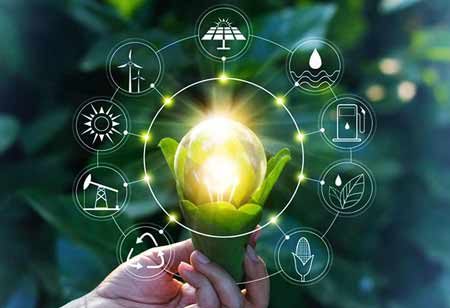Thank you for Subscribing to Energy Business Review Weekly Brief
Trends that are Modifying the Global Power Market:
Markets are going over several changes every year.

By
Energy Business Review | Wednesday, January 19, 2022
Stay ahead of the industry with exclusive feature stories on the top companies, expert insights and the latest news delivered straight to your inbox. Subscribe today.
The impact of renewable energy sources has deep worldwide impacts, so here are some of the power markets' energy trends that will empower the sector in the future.
Markets are going over several changes every year. Technological benefits, political influences, and market changes have created asset mixes and commercial risks. As a result, renewable sources have had significant influence across the globe.
Here are some of the energy trends in the power markets:
Trend 1: The move to real-time in renewable energy markets
A report published by IEA's Renewable implies that energy will increase by a staggering 50% in the five years between 2019 and 2024. This change in energy supply will push power markets to reckon with the development of near-real-time intraday markets. Many power markets are selecting shorter settlement periods because of these complexities.
The challenge of unpredictability is faced by the reality of ongoing investment in renewable energy. The fickle nature of wind and solar means power grids will require addressing energy shortfalls to maintain grid frequency. It will increase volatility around intraday prices as grid operators price incremental resources like gas-driven turbines in and out of the market to maintain stability.
Trend No. 2: Rising "prosumers"
The traditional consumer is considered a producer, adding complexity to existing market participants. According to reports by IEA, renewable energy build-out accounted for 75% of all growth in global net power capacity. Most countries invest in large utility-scale projects like off-shore wind farms, and distributed energy sources rise.
Generally, government programs are used to incentivize this. But now, the fee of solar generation has lowered to become more attainable for more users interested in the possibilities of net-metering. Nevertheless, whether on small-scale residential rooftops or extensive installations, all microgrids still have the same issue: Consumption does not match production.
Trend No. 3: Advancements in battery storage
Nowadays, efficient storage has become necessary and fundamentally changes how power is managed, distributed, and consumed. One of the questions around large and small-scale renewable energy projects has been the efficacy and cost of battery storage. The other option is small microgrid systems that can pull from batteries during peak demand.






